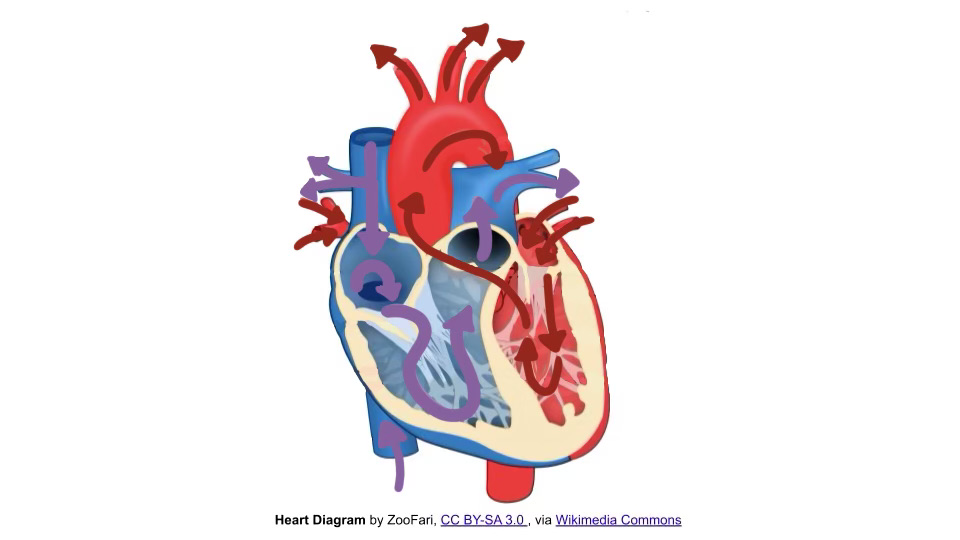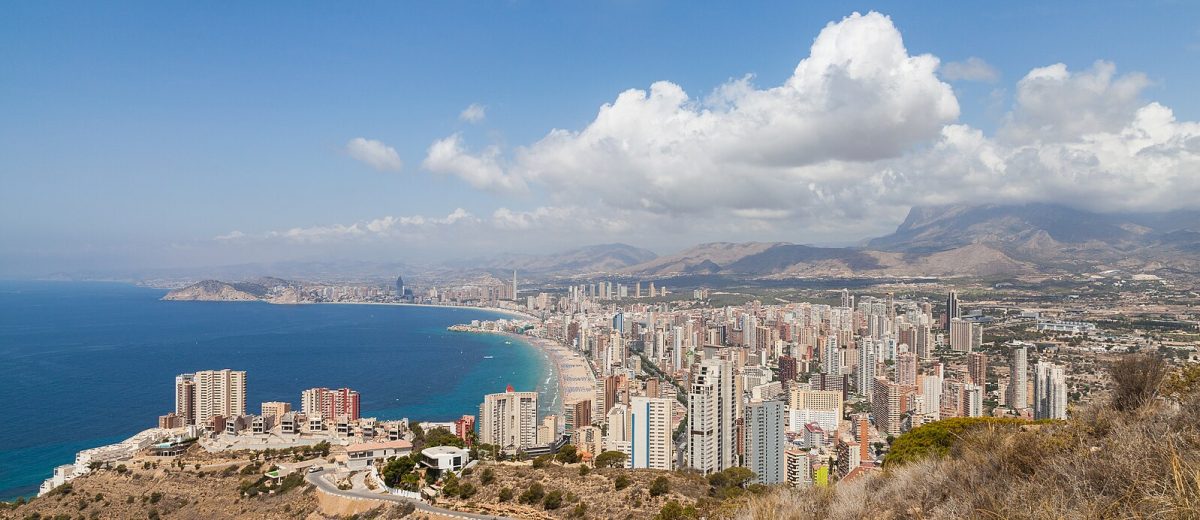A study conducted by Australian scientists at Western Sydney University suggests that plants may absorb more carbon dioxide than previously believed.
Lead researcher Dr. Jürgen Knauer stated that existing models often overlook three critical physiological mechanisms associated with photosynthesis. The newer, more comprehensive modeling accounted for factors such as the efficiency of carbon dioxide movement through leaves, plant adjustments to temperature changes and more economic nutrient distribution in the face of scarcity.
The researchers assessed the efficiency of carbon dioxide generation by plants in stressful environments by taking data on these three physiological factors outlined in the well-established Community Atmosphere–Biosphere Land Exchange Model (CABLE).
Researchers compounded these factors by adding in the variable of a “strong climate-change” scenario. This was done eight times using different permutations of the variables at play, using methods that accounted for none of the factors, one of them, two of them and finally, all the elements simultaneously.
The researchers found that of the eight models they created, the most complex, which accounted for all three physiological factors in a robust change environment, predicted the most carbon dioxide uptake, about 20% more than previously thought, providing some solace in a global crisis.
Though physiologically relevant in carbon dioxide-fixing, global climate change models have long forgotten these factors. These models have thus likely underestimated future carbon dioxide uptake by plants.
However, two potential concerns exist with the model produced by Knauer and his team.
The first is a spatial concern.
Though the models created had a global outlook because they used CABLE’s global data, the effect of climate change in specific areas, such as the Amazon rainforest, which is responsible for one-fourth of global carbon dioxide-fixing but whose total tonnage of carbon dioxide absorption has dropped by 30% since 1990, is exceedingly and may be more relevant to analyze.
The second potential concern regarding the study is a temporal one. As Knauer stated, “plants take up a substantial amount of carbon dioxide every year, thereby slowing down the detrimental effects of climate change, but the extent to which they will continue this carbon dioxide uptake into the future is uncertain.”
Therefore, more research will be helpful in these realms. However, regardless of spatial and temporal representativeness, the current model produces a slightly more optimistic outlook on the present situation.
The findings suggest that plants play a more significant role in reducing the effects of climate change than previously thought and thus highlight the necessity of conservation and restoration strategies.
Knauer warned that “plants may be more industrious than previously assumed, but they will never do the heavy lifting for us. It is still up to us humans to fight climate change by drastically cutting fossil fuel emissions. There is no shortcut.”








